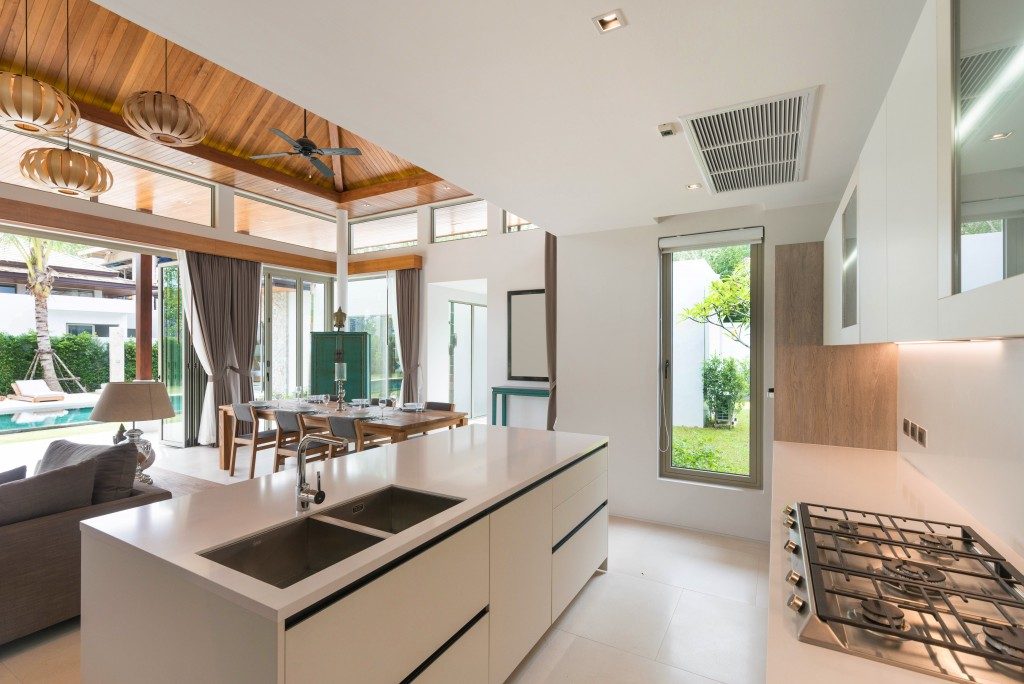Traditionally, houses are compartmentalized. This means that rooms are separated from each other by walls and barriers. While this works best for houses with expansive floor plans, smaller homes and condominium units are not always suitable for this kind of layout since additional walls will only limit movement. Hence, changes in design philosophies and practices that have caused a movement that goes against the compartmentalized design tradition. Now, design plans are all about open living.
So, break down the walls and incorporate an open design plan to your home. Now is the time to implement the kitchen-living space design concept. Doing this will help you maximize your space while eliminating the barriers that constrict it. Additionally, the openness of the integrated space makes your home much brighter and more welcoming to guests. If you are looking for some design tips, you are reading the right guide. Here are some of the things you should take note.
Maximize the corners
When you remove the walls that divide your living room and your kitchen, you will realize how big your space is. In this regard, you may want to maximize the floor plan, even the corners. One corner may have a study table or a piano, for example. If you want to dedicate the corners to design pieces, potted plants and flowers may do the trick.
Build a larger island
After changing the backsplash and installing your new stone countertop from Provo, you may consider renovating the island. In this case, a larger island can make the kitchen look unique. In condominiums and small townhomes, the large island may double as a dining area, too.
Make it symmetrical
One danger of coming up with an open space for both your kitchen and living room is that the entire space may look cluttered. This is something that you do not want to happen, so make sure that your design is symmetrical. For example, your sofa and dining table should be in the same row or line. Use one overall shape for both areas. So if your dining table is circular, your living room should also be curvy and circular.
Come up with markers
Just because you have an open space does not mean that you will not have boundaries. Your floor plan may be open and vast, but there should be some sort of markers that will differentiate one zone from the other. For one, a large sofa may be used as a divider. The different flooring materials for eclectic designs may also work. Your living room may have dark hardwood flooring, while the kitchen’s flooring may be bare yet polished.
Gone are the days when homes are all about absolute unbreakable walls. These days, the concept of openness is a much more practical approach to interior design. An open kitchen-living space design can help improve traffic flow and lower energy expenses, as well. Furthermore, it will make your space look much bigger. To execute this plan properly, the services of an interior designer and the right contractor may be necessary.

